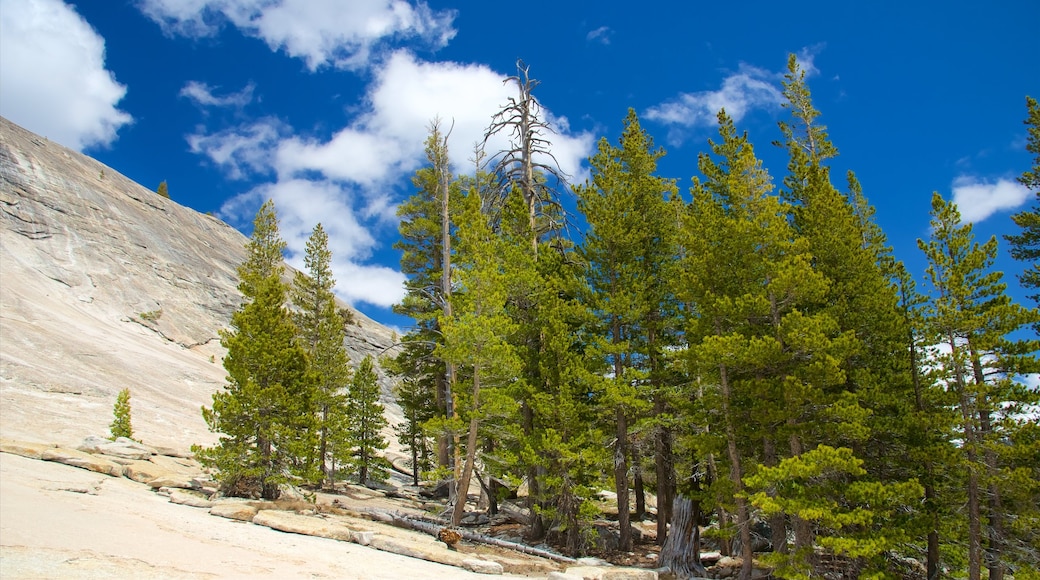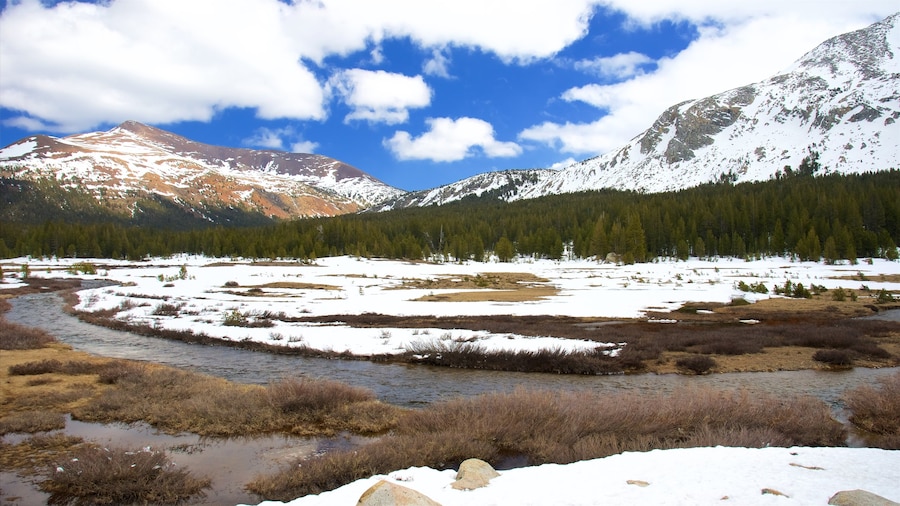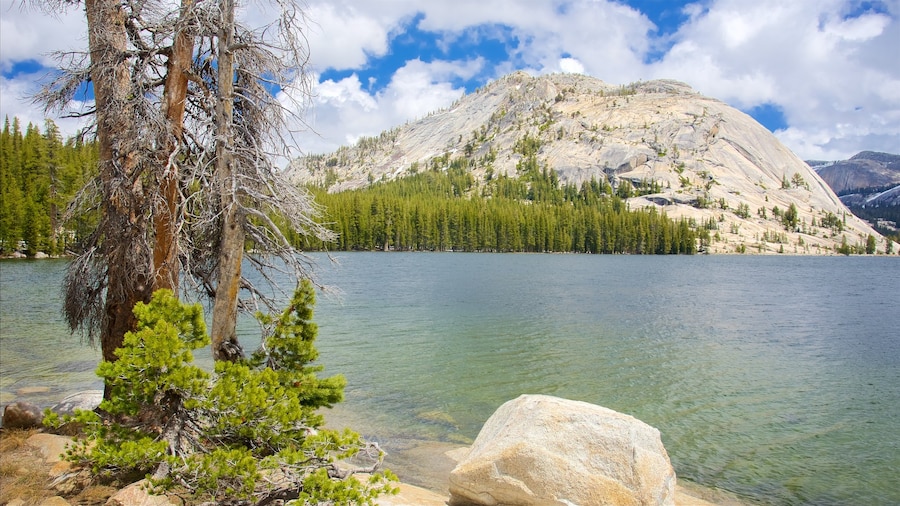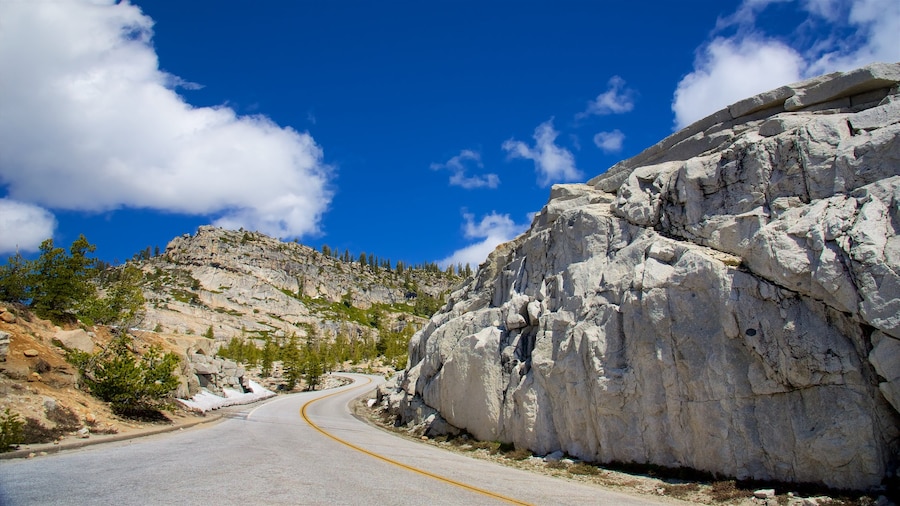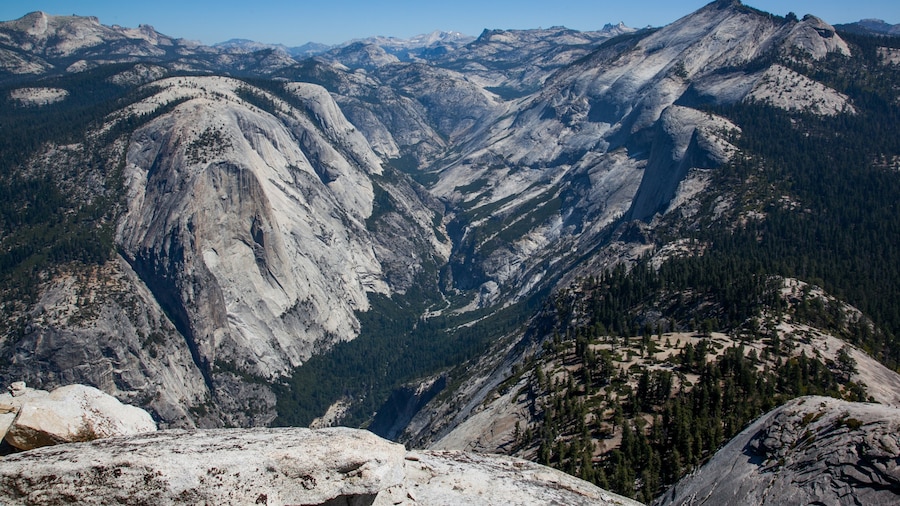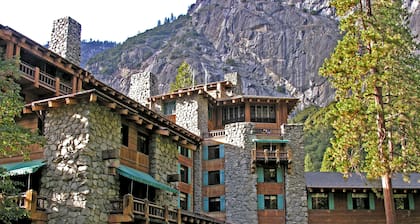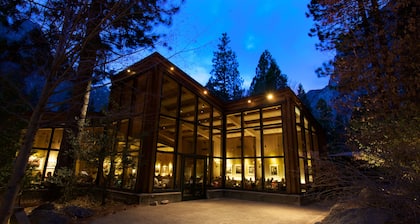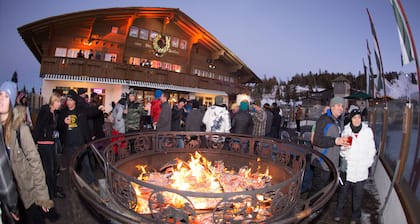林伯穹丘 (Lembert Dome) 是一塊飽歷侵蝕的參天花崗岩石峰,四周為遼闊的美麗草原所環繞。圓頂巨石聳立於泰倫恩河 (Tuolomne River) 及叢林低地上,高 850 英尺 (260 米)。您可徒步走到平滑的山頂,或裝備好攀山工具,從峻峭的一邊沿崖而上,來趟驚險的登山之旅。當地有數條健行徑和自由攀岩路線可帶您探索這塊有趣的巨石。
穹丘以在 1880 年代尾於泰倫恩草原 (Tuolumne Meadows) 附近一帶居住的 Jean Baptiste Lembert 命名,並獲自然環境保育學家 John Muir 稱為蘇打泉穹丘 (Soda Springs Dome),數百年來一直吸引無數旅客到訪。林伯穹丘東面斜坡較為平緩,您可沿著該處的溫和健行路線往上走;而西面及西北面則較為峻峭,盡是高山、裂縫和壁架,並有難度從 5.6 至 5.11 的多條技術攀山路線。
登山時,不妨留意一下因冰河流動而造成的花崗岩石面形狀;穹丘有趣的裸岩結構亦值得細賞。回望穹丘的圓頂,長滿綠樹的泰倫恩草原的 360 度美景就在您面前。站在山頂,您可看到西面遼闊的草原,還有叢林密佈的泰倫恩河美景。不妨在凹凸不平的穹丘上休息片刻,往四邊的地平線遠眺,看看遠方的獨角馬峰 (Unicorn Peak)、大教堂峰 (Cathedral Peak) 和狗湖 (Dog Lake)。在夕陽映照下,這裡的景色格外迷人。記得帶備相機,拍下這個令人為之驚艷的美景。
林伯穹丘坐落於優勝美地國家公園 (Yosemite National Park) 的中心地帶。您可在距離林伯穹丘幾步之遙的泰倫恩草原訪客中心 (Tuolomne Meadows Visitor Center) 取得步行徑和攀山路線的資料。主要步行徑來回長 2.8 英里 (4.5 公里),需時 1.5 小時至 3 小時不等。由於部分道路會於寒冷月份封閉,因此建議於 6 月至 10 月期間到訪。在初夏,附近草原會變得綠油油一片,十分漂亮。步行徑起點設有泊車位和外屋廁所。
